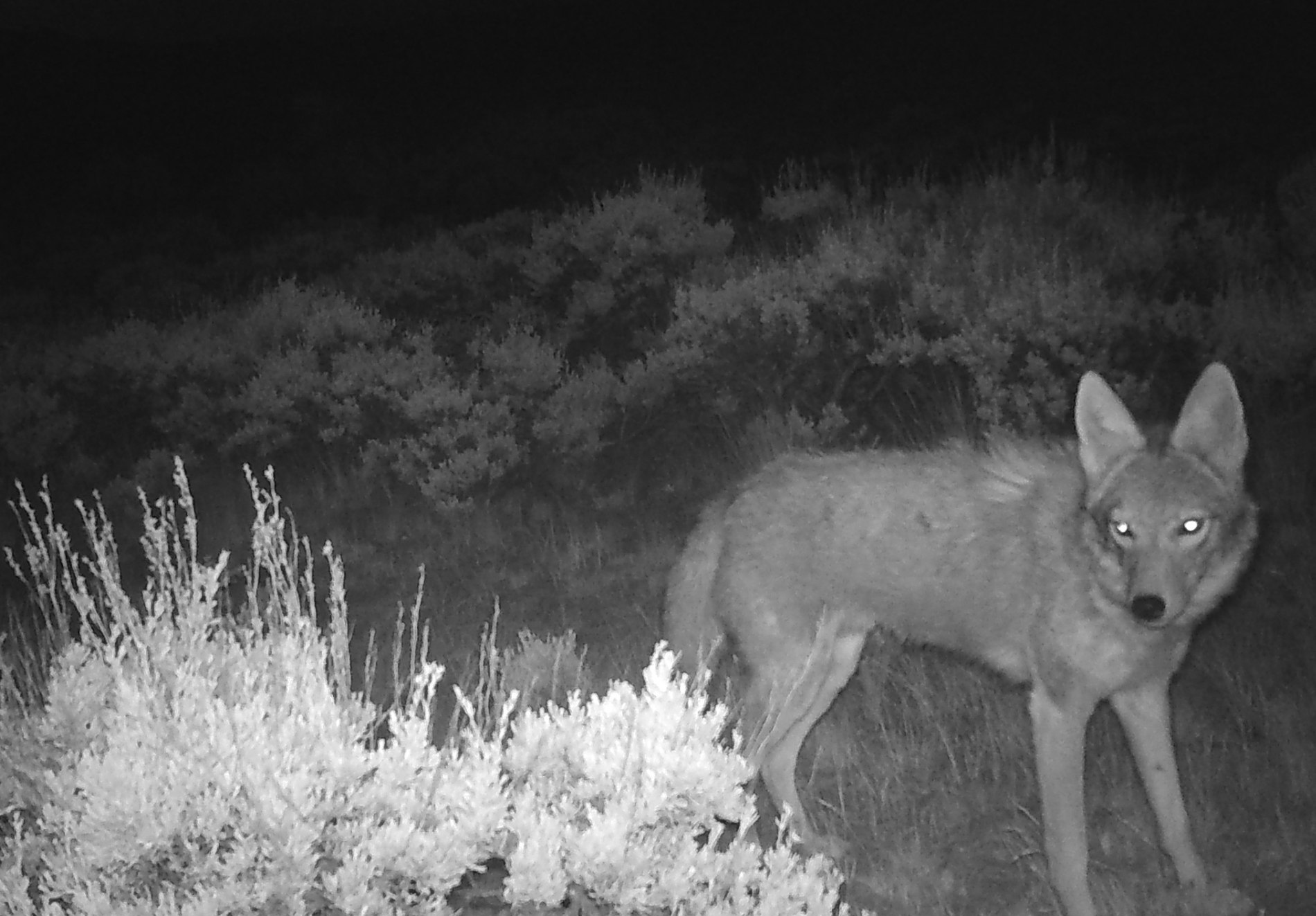Within the last week Wyoming Wildlife Advocates has been busily posting on social media about USDA Wildlife Services, including this statement: “Wildlife Services kills millions of animals in the U.S. each year for no purpose.”
That is a lie – a deliberate falsehood.
With WWA spreading fabrications about this federal agency and its activities, it should have come as no surprise to see that a WWA supporter responded to one such post with “Kill those who allow this senseless slaughter of innocent animals.” When questioned whether the poster was advocating the murder of humans, the poster replied, “let me just say I am for preserving wolves over humans.”
WWA left the post advocating murder of human beings in place without comment, but when someone posted in support of wolf hunting, WWA had repeated responses about why wolves shouldn’t be killed. WWA’s lack of response to the murder advocate is a rather revealing tell, as they say in poker.
Groups like WWA love to hate USDA Wildlife Services, the federal agency specializing in wildlife damage management. They call Wildlife Services a “rogue agency” and cite the millions of animals killed by agency personnel each year in order to generate outrage.
Let’s take a look at what Wildlife Services actually did last year:
- Worked at 843 airports to reduce aviation strikes with wildlife, and trained nearly 5,000 airport personnel in wildlife identification and control methods.
- Collected more than 46,000 samples from wild animals to test for 37 different wildlife diseases and conditions in wild mammals, birds, and reptiles. One-third of these were for surveillance of avian influenza, and another third were for rabies testing.
- Killed 2.6 million animals – half of which were invasive species. Eighty percent of the animals lethally removed (killed) were either European starlings or blackbirds removed under a U.S. Fish & Wildlife Service depredation order because of damage to food crops, other commodities, property, and livestock. The agency used nonlethal methods to move another 41 million starlings and blackbirds from areas where they were causing damage.
- Protected 185 threatened or endangered wildlife and plant species from the impacts of disease, invasive species, and predators, including removing more than 55,000 non-native Northern pike minnow in the Pacific Northwest to protect federally threatened and endangered salmon and steelhead.
- Of the 42.9 million animals encountered in damage management activities, 94 percent were dispersed unharmed.
- Removed more than 73,000 feral swine, a 12-percent increase in removal of this invasive and destructive species.
- Coyotes were the native mammal most often killed, with 68,000 killed in 48 states (for comparison, hunters and trappers in 39 states took 440,000 coyotes in 2014-2015).
- At the request of other agencies, killed a total of 357 wolves in five states in response to repeated livestock depredations, or to protect localized wildlife populations.
Half of Wildlife Services’ funding last year was spent to reduce or prevent wildlife hazards to human health and safety, while 25 percent of funding was spent protecting agriculture, and the remaining quarter went toward property and natural resources protection, including threatened and endangered species. The agency provided technical assistance to more than a quarter-million customers nationwide in 2018.
Wildlife Services does not attempt to eradicate any native wild animal population. The agency is charged with managing problems caused by wildlife, and does so in cooperation with other federal, state, and local agencies. To pretend that Wildlife Services is out to kill millions of wild animals with no purpose is as illogical as pretending that human/wildlife conflicts don’t exist. It’s simply not true.
Cat Urbigkit is an author and rancher who lives on the range in Sublette County, Wyoming. Her column, Range Writing, appears weekly in Cowboy State Daily.





